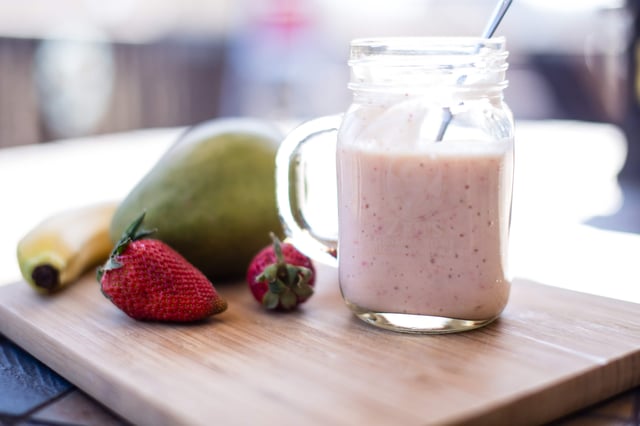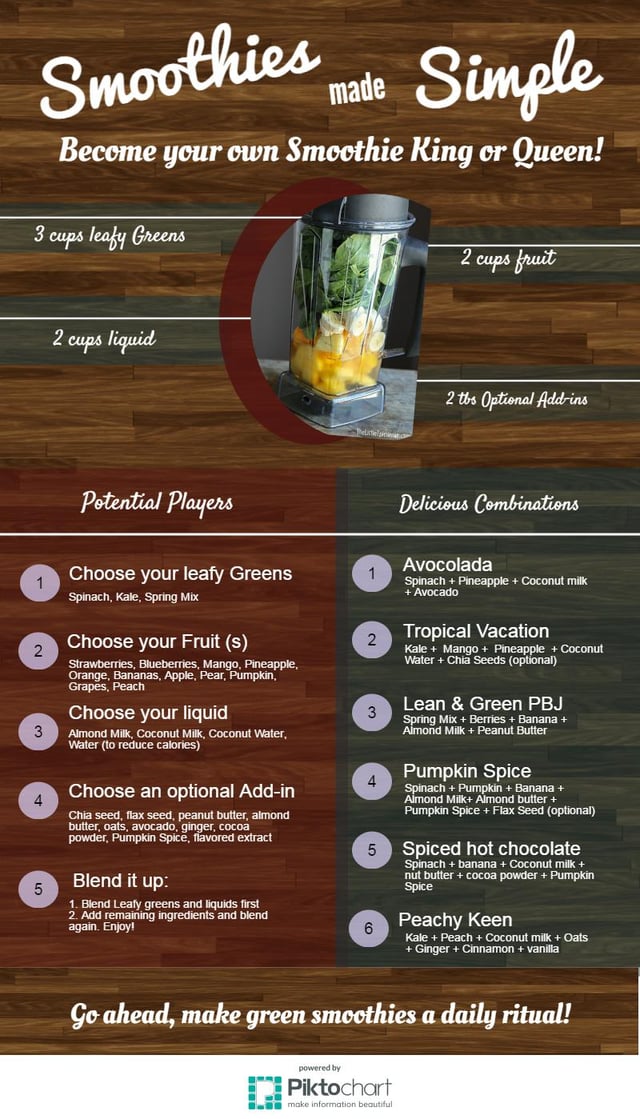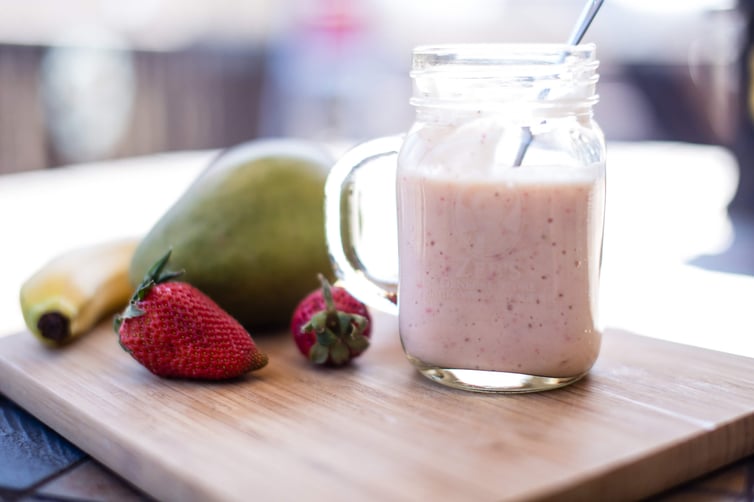If only kale and spinach could taste like strawberries and pineapple. Oh, wait... maybe they can!
Smoothies are a great way to get those leafy greens if you don't like the taste of your veggies alone. You can pack a smoothie with leafy greens, but not change the overall taste, by mixing in some fresh or frozen fruit. Besides, what’s more satisfying on a hot summer day than a cold, flavorful smoothie as a quick pick me up?

Surpassing the juicing method in nutrition, the smoothie is a healthier option because blending the whole fruit retains the fiber, vitamins, minerals, and phytochemicals found in produce's pulp and skin.
Smoothies have become quite popular too. They can now be found in most restaurants and fast food chains as well as stand-alone smoothie shops. However, not all smoothies are created equal. When it comes to nutrition, there is a huge range in what you might think is in a smoothie versus what it actually contains.
Let’s look at a couple options on the market
McDonald's Strawberry Banana Smoothie (22 oz) has 330 calories and 68 grams of sugar. When you look at the ingredients, it does contain some fruit in the form of puree and juice concentrate, but it also has ingredients you wouldn’t expect in a smoothie such as Cellulose Powder, Xanthan Gum, Corn Starch, Mortified Corn Starch, Sugar, Gelatin, and more.
Smoothies should be packed with whole food goodness for the best taste and nutrition. Avoid smoothies filled with hard-to-pronounce, processed ingredients.
Even companies with a healthier image produce smoothies that may not be the best for your health. The Jamba Juice Strawberries Wild (large) smoothie has 470 calories and 97 grams of sugar. While this product doesn’t have hard-to-pronounce ingredients, it contains mostly fruit juice and yogurt, tipping the sugar scale way too far.
A healthier option may be a frozen smoothie kit from the grocery store. However, be aware of sugar and preservatives that may be added.
The best way to make a great smoothie full of nutrition is, of course, to make it yourself with fresh or frozen fruits and vegetables that don’t have any added ingredients. Smoothies are quick and easy to prepare at home and just as easy to take along with you as you head out the door.
When making your own smoothies, consider taking the dairy-free road, replacing yogurt or milk with a ½ banana or avocado to give it the creaminess you desire. Cut the sugar down by replacing some of the fruit with leafy greens. These changes will boost the nutrient density of your smoothie, giving you sustainable energy for the day.
Follow this chart to get started making your own smoothies and enjoy a delicious way to eat your greens.

What are some yummy, healthy smoothie recipes you have found and used? Share your ideas in the comments below!





